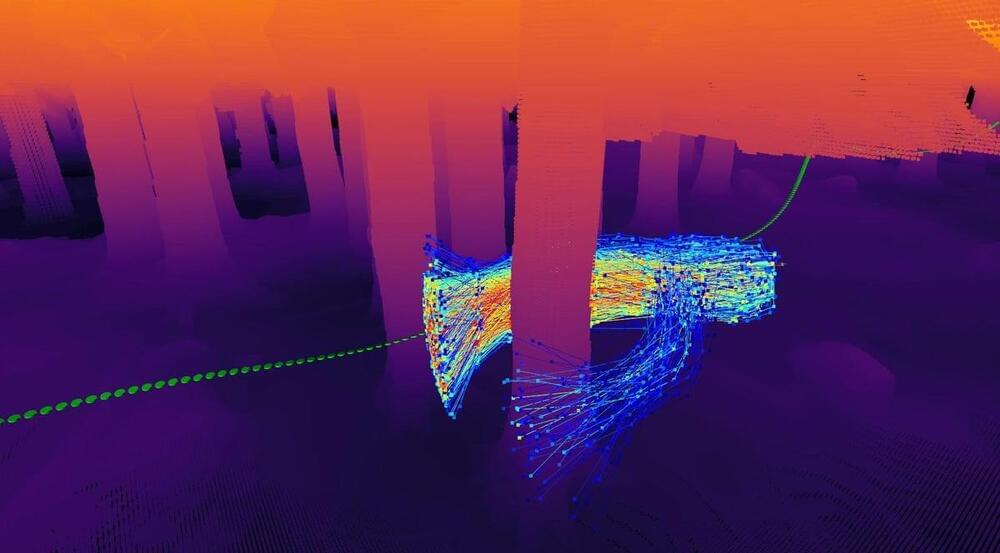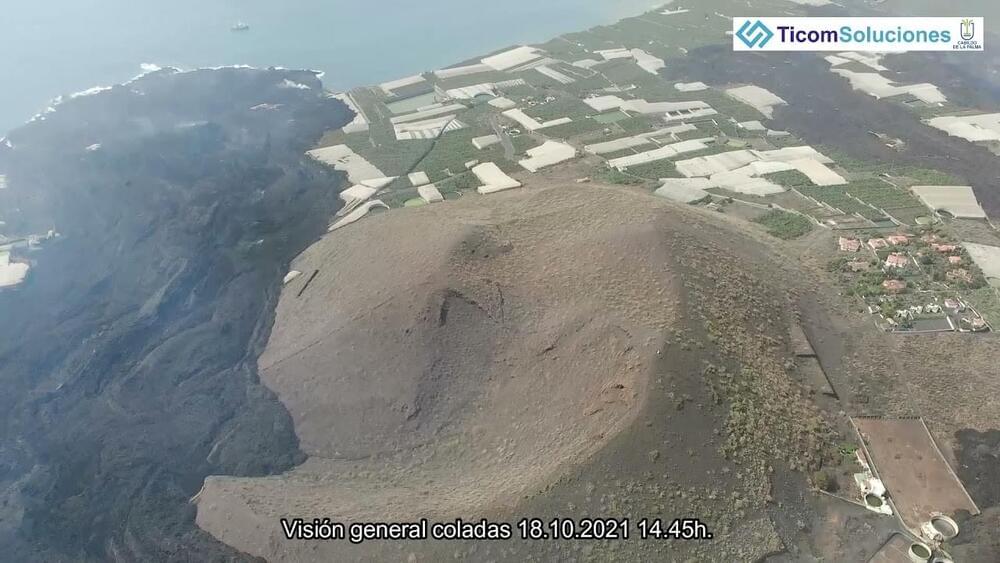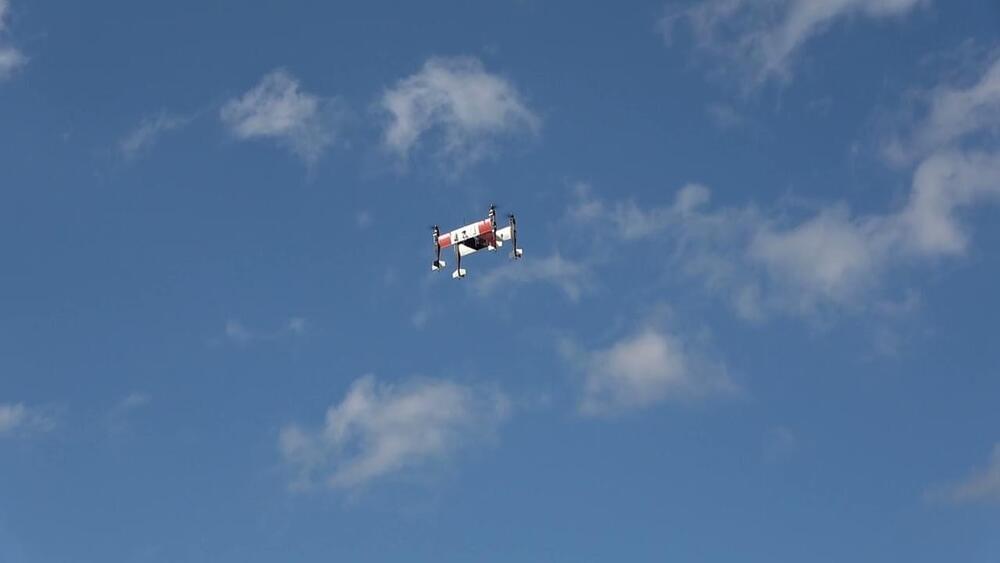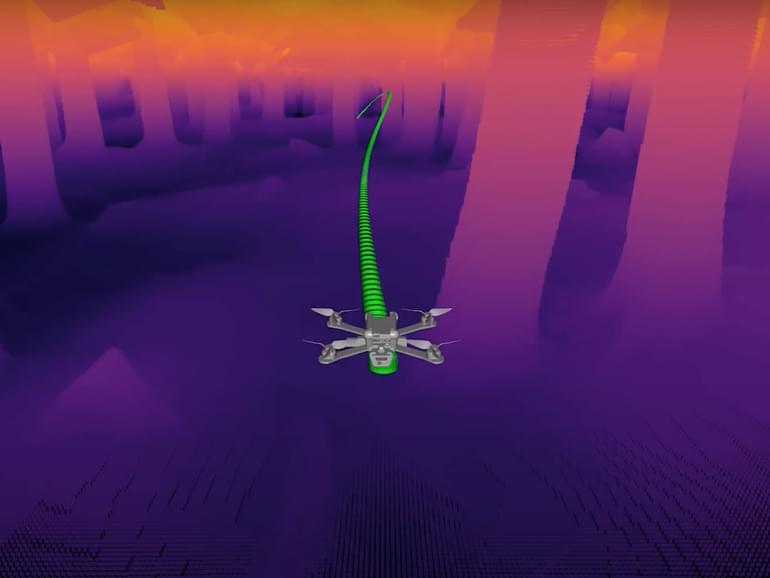Archive for the ‘drones’ category: Page 57
Oct 29, 2021
Japanese startup test flies a one-person drone motorcycle
Posted by Genevieve Klien in category: drones

Japanese UAV startup A.L.I. Technologies test flies a prototype drone motorcycle capable of top speeds of 100 kmh for up to 40 minutes.
Why does this not sound like a necessarily great idea? A startup in Japan has unveiled a one-person drone intended to be flown like a motorcycle, hurtling through the air and around corners at top speeds of 100 kmh.
Continue reading “Japanese startup test flies a one-person drone motorcycle” »
Oct 27, 2021
General Dynamics’ Stryker Will Counter Drone Swarms With a Microwave Weapon
Posted by Gemechu Taye in categories: drones, military, robotics/AI

In service since 2,002 the Stryker combat vehicles have been constantly upgraded in light of changing warfare techniques. When deployed in Iraq, these combat vehicles had to be protected from the rocket-propelled grenades but were recently found to be lacking against unmanned aerial vehicles (UAVs) in Europe. As warfare moves at lightning speed from drones to drone swarms, General Dynamics, the manufacturer of Stryker vehicles, is looking to arm the vehicle with a directed energy weapon.
To accelerate the pace of this upgrade, the defense manufacturer has teamed up with Los Angeles-based Epirus Inc., which has developed a counter-electronics system, Leonidas, capable of handling single as well as multiple threats.
Oct 25, 2021
This Hotshot AI Drone Can Speed Through Complex Environments Thanks To New Kind Of Virtual Training
Posted by Gemechu Taye in categories: drones, robotics/AI, virtual reality

A team from the University of Zurich has trained an artificial intelligence system to fly a drone in a virtual environment full of obstacles before setting it loose in the real world, where it was able to weave around obstacles at 40 kph (25 mph), three times as fast as the previous best piloting software. Lead researcher Davide Scaramuzza, Director of the Robotics and Perception Group, says the work, carried out in partnership with Intel, could revolutionize robotics by enabling machines to learn virtually.
A paper describing the project, Learning high-speed flight in the wild, was published this month in the journal Science Robotics.
Oct 21, 2021
Autonomous Racing Drones Dodge Through Forests at 40 kph
Posted by Quinn Sena in categories: drones, robotics/AI
It seems inevitable that sooner or later, the performance of autonomous drones will surpass the performance of even the best human pilots. Usually things in robotics that seem inevitable happen later as opposed to sooner, but drone technology seems to be the exception to this. We’ve seen an astonishing amount of progress over the past few years, even to the extent of sophisticated autonomy making it into the hands of consumers at an affordable price.
The cutting edge of drone research right now is putting drones with relatively simple onboard sensing and computing in situations that require fast and highly aggressive maneuvers. In a paper published yesterday in Science Robotics, roboticists from Davide Scaramuzza’s Robotics and Perception Group at the University of Zurich along with partners at Intel demonstrate a small, self-contained, fully autonomous drone that can aggressively fly through complex environments at speeds of up to 40kph.
Oct 21, 2021
In first, ocean drone captures footage from inside hurricane
Posted by Quinn Sena in categories: climatology, drones, robotics/AI

In a world first, US scientists on Thursday piloted a camera-equipped ocean drone that looks like a robotic surfboard into a Category 4 hurricane barreling across the Atlantic Ocean.
Dramatic footage released by the National Oceanic and Atmospheric Administration showed the small craft battling 50-feet (15 meter) high waves and winds of over 120 mph (190 kph) inside Hurricane Sam.
Continue reading “In first, ocean drone captures footage from inside hurricane” »
Oct 20, 2021
A Drone Company Will Airlift Stranded Dogs. Over a Stream of Lava?
Posted by Gemechu Taye in categories: drones, habitats, sustainability

In an interview with Reuters, Jaime Pereira, CEO of Aerocamaras, said “it’s the first time an animal is being rescued with a drone and the first time it has to be captured. If that’s the last option that the dogs have? Then we’re going after them.” Pereira also mentioned a possible nightmare scenario caused by the limitations of drone battery technology, and the tricky nature of the operation, which relies partly on the cooperation of the stranded canines: “What we don’t want is to run out of battery when flying over the lava,” he said. In order to carry out the mission as safely as possible, the drone operator is currently carrying out test flights to practice before sending its drones to the location near the live volcano.
Though this is likely the first time a dog has been carried to safety by a drone, operators in China guided a herd of wayward elephants home with the aid of drones. In that case, however, the drones were only used to keep track of the animals. The technology is also being trialed for first responder operations in the case of natural disasters and emergencies. Here’s hoping the novel method for extracting the otherwise inaccessible animals to safety goes off without a hitch.
Oct 20, 2021
Smokey the AI
Posted by Genevieve Klien in categories: drones, information science, robotics/AI
Smart image analysis algorithms, fed by cameras carried by drones and ground vehicles, can help power companies prevent forest fires.
Oct 17, 2021
Goodbye Paradrops! Bell Showcases Its New Autonomous Supply Drop Drone
Posted by Genevieve Klien in categories: drones, military, robotics/AI

“This speed bag resupply feature is a game changer for the warfighter,” said in a statement Mike Goodwin, sales and strategy manager Bell. “With the ability to drop supplies quickly and efficiently in a drop zone or a remote location, we can get critical supplies delivered as soon as they’re needed.”
Bell claims the APT has already flown 420 times at U.S. Marine Corps Air Station Yuma, in Georgia, and other sites. Now, the company is seeking to demonstrate how the aircraft can drop supplies on demand at its cruising speed of 80 mph (129 km/h).
Continue reading “Goodbye Paradrops! Bell Showcases Its New Autonomous Supply Drop Drone” »
Oct 14, 2021
Germany: Heavy-duty drone takes first flight in Hamburg
Posted by Genevieve Klien in categories: drones, government
German air taxi manufacturer Volocopter launched a self-developed heavy-duty drone in public for the first time on Tuesday at the ITS World Congress in Hamburg.
In cooperation with German logistics provider DB Schenker, the company demonstrated the integration of the VoloDrone into logistics supply chains.
The test flight, which lasted about three minutes, took place around the harbor area of the city in northern Germany. The ITS congress is an international digital transport event.












